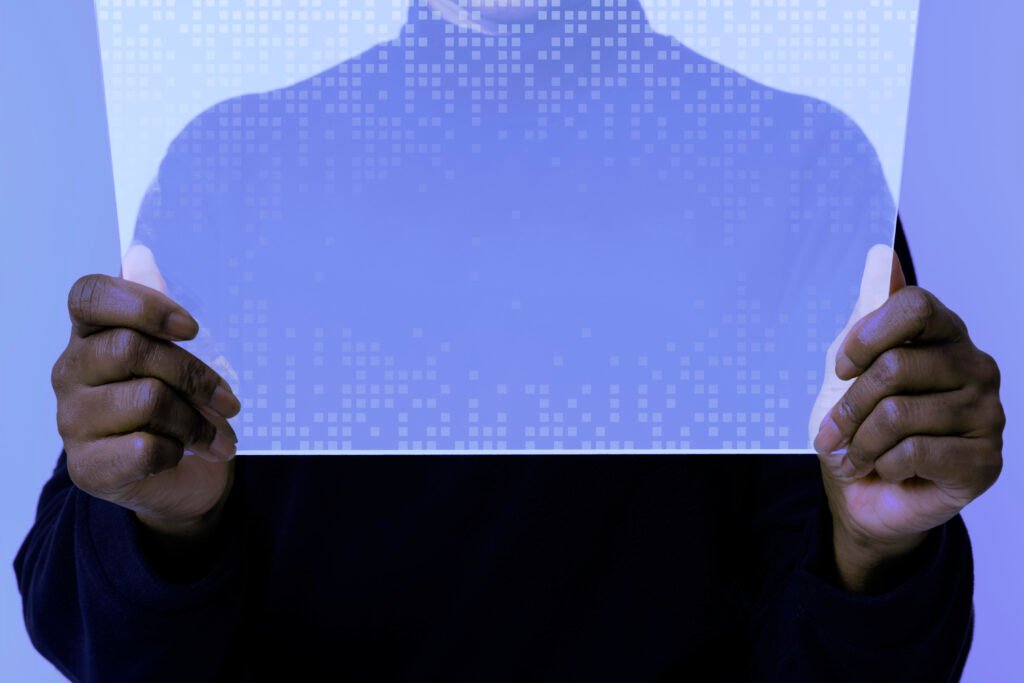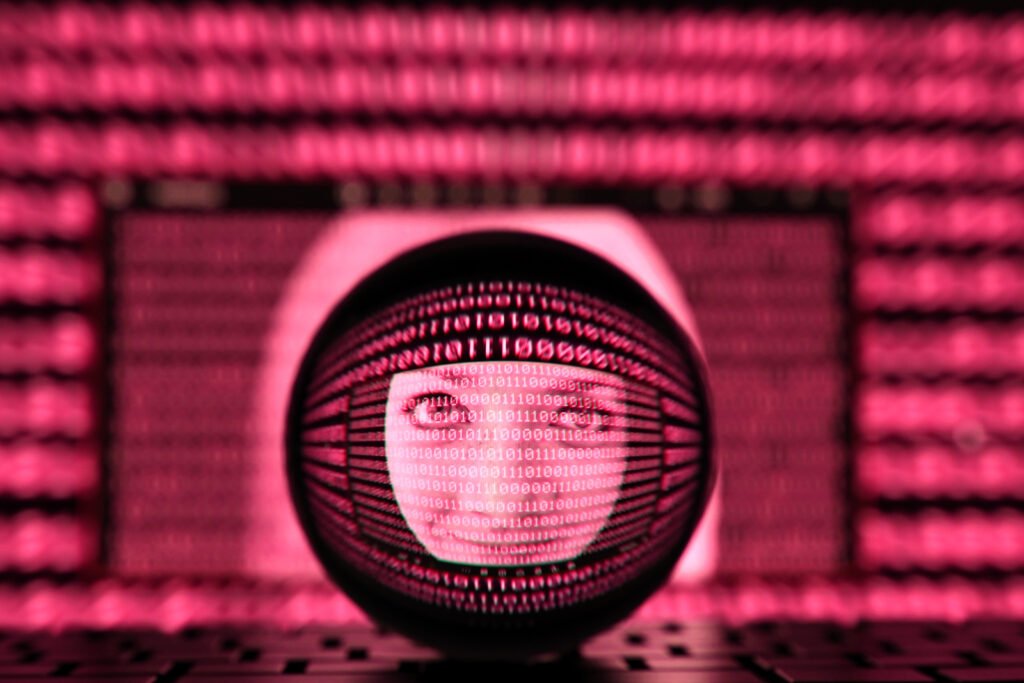Cyberart is one of the most emblematic manifestations of the convergence between art and technology. More than using digital tools as support, it transforms codes, algorithms, and networks into creative language. The artist sets aside the physical brush, but not sensitivity; the gesture is now built with data, pixels, and software that turn ideas into immersive visual and sensory experiences.
In a world where the boundaries between real and virtual are increasingly fluid, cyberart proposes new forms of artistic creation and engagement. It does not merely represent the digital age — it also questions it, tackling themes like identity, surveillance, interactivity, and authorship. In other words, it is the art of and about the digital era.
The Origins of Cyberart and Its Relationship with Technology
The term “cyberart” emerged in the mid-1990s, driven by the spread of the internet and the new possibilities offered by digital media. However, its roots trace back to the 1960s, when artists like Vera Molnár and Harold Cohen began exploring algorithms and computational systems in their creative processes.

In her book Digital Art (2003), Christiane Paul emphasizes that digital art — of which cyberart is a key branch — goes beyond screen reproduction. It involves understanding the digital medium as a system with its own logic, encompassing artificial intelligence software, 3D simulations, genetic manipulation, and augmented realities. Cyberart, in this sense, is a native language of the digital age.
Universities such as MIT have played a crucial role in consolidating cyberart as a field of research and creation. The MIT Media Lab, for instance, is a hub for collaboration between art, science, and technology, where artists like Rafael Lozano-Hemmer and Golan Levin develop interactive installations that incorporate biometric data and real-time public participation.
Interactivity, Algorithms, and the Aesthetics of Information
Unlike traditional art, which often presents a finished work for contemplation, cyberart relies on the viewer’s active participation. The audience is not merely a receiver but a transformative agent. In many works, the image is only completed through touch, movement, or voice.
A striking example is Pulse Room (2006) by Rafael Lozano-Hemmer, where sensors capture visitors’ heartbeats and transform them into flashing lights. This poetic translation of biological data into light reveals how cyberart blurs the lines between body, machine, and space.
Furthermore, cyberart is deeply influenced by data visualization. Artists like Casey Reas — co-creator of the Processing programming language — turn algorithms into visual abstractions resembling dynamic, ever-changing paintings. These artists program art itself, making code the true brush.
Websites like Rhizome, affiliated with the New Museum in New York, preserve and showcase digital artworks that explore these intersections. The platform is a leading international reference in cyberart and digital culture.
Cyberart as Political Critique and Expression
Despite its technological nature, cyberart also serves as a space for social and political critique. By dealing with digital systems, it often questions the very mechanisms that structure contemporary life. Surveillance, data tracking, artificial intelligence, and algorithmic control are frequent themes.
Artist Hito Steyerl, for instance, uses digital video and 3D simulations to reflect on algorithmic power and the opacity of digital infrastructures. In How Not to Be Seen: A Fucking Didactic Educational .MOV File (2013), she satirizes facial recognition systems and suggests invisibility as a form of political resistance.
Cyberart is not just aesthetic innovation. It also exposes and challenges the invisible structures shaping our digital lives. It invites us to see — and more importantly, to question — the code behind the screen.
At a time when artificial intelligence already influences artistic creation and human relations, cyberart stands out as one of the most thought-provoking fields in contemporary production. It is the digital becoming the brush — and the mirror.



